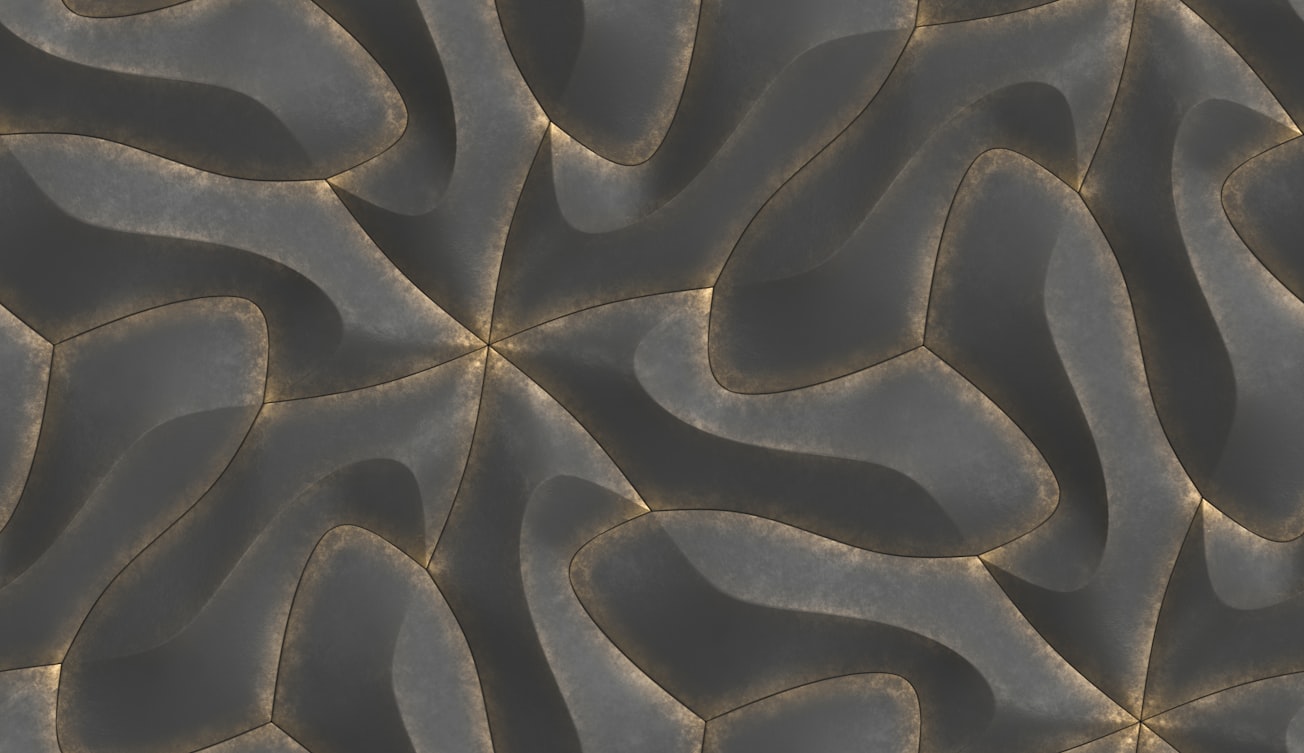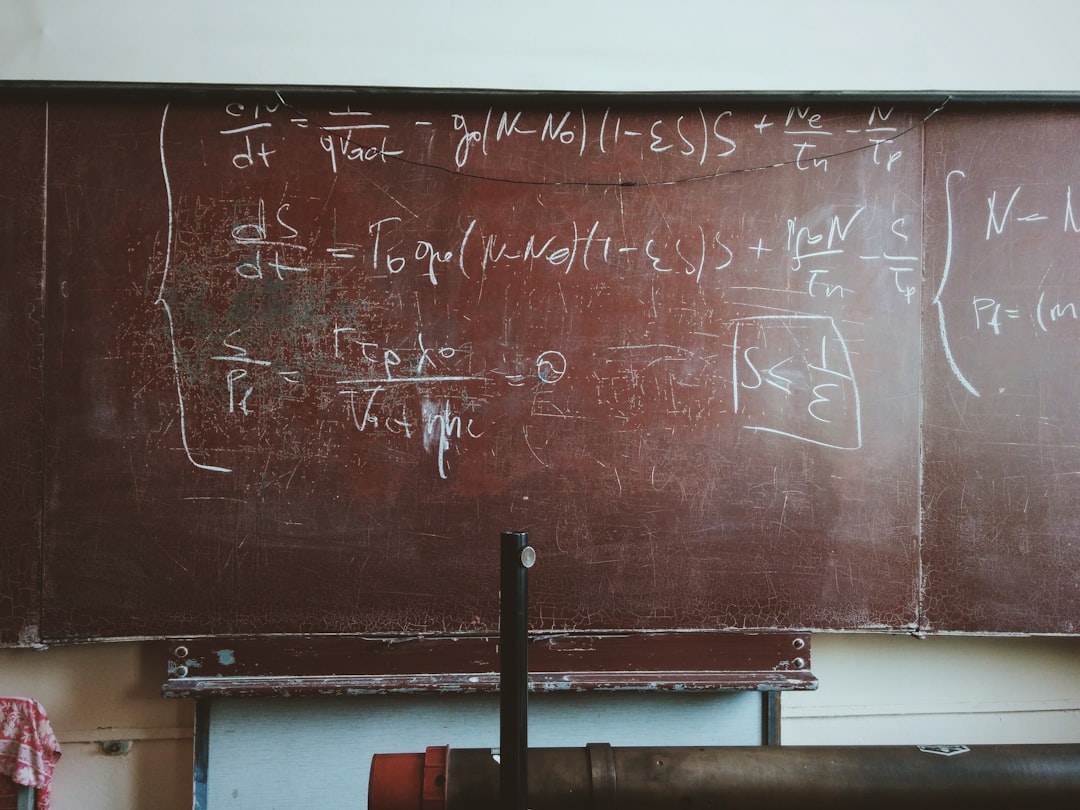What is it about?
This research focused on developing a digital twin of pulsed laser heating in metal foam samples by combining computed tomography and finite-element analysis (FEA). The topology of the metal foam samples was captured very accurately down to the micron level. Time-temperature profiles, a conventional output of the laser flash analysis, LFA, were produced in a full-detail FEA calculation employing up to 27.7 millions of nodes. Additionally, experiments on same metal foams samples were conducted in the Netzsch LFA 457 instrument at the Netzsch Applications Laboratory in Selb. A fundamental observation was made concerning the deviation from the Fourier law due the sample topology. This confirms previous (very important!) observations by Dr Kovács et al.
Featured Image

Photo by Denis Kirichkov on Unsplash
Why is it important?
Complex machinery is built from many smaller parts. It is practical to use approximations when describing these small parts. Can porous structures be approximated as effectively continuous media?
Perspectives
I am happy we were able to finalise this research. This was a great multi-national collaboration and an exciting project to work on. There is going to be a follow-up publication detailing the effect of gas on the thermal transients in metal foams.
Dr Artem Lunev
ITMO University
Read the Original
This page is a summary of: Digital twin of a laser flash experiment helps to assess the thermal performance of metal foams, International Journal of Thermal Sciences, November 2022, Elsevier,
DOI: 10.1016/j.ijthermalsci.2022.107743.
You can read the full text:
Contributors
The following have contributed to this page










